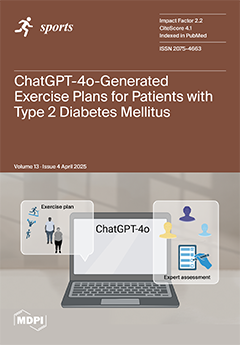One of the physical requirements for marines involves covering a specific distance while carrying individual combat gear, supplies, or other military equipment across challenging terrain. Training for this physically and mentally demanding task is a routine component of their preparation. However, further research is needed to better understand the neuromuscular impact of such demanding efforts, strenuous maneuvers, and the recovery process in the subsequent days. Twenty-nine marines completed a 5 km time trial while carrying 24 kg of combat gear, undergoing evaluations at four time points: pre exercise, immediately post exercise, 24 h post exercise, and 48 h post exercise. Repeated measures ANOVA, paired samples
t-test, and effect size (ES) analysis were conducted, presenting the results as the mean ± standard deviation (SD). The significance level was set at
p ≤ 0.05. Several variables and their corresponding
p-values demonstrated changes over time, including the following: the isometric mid-thigh pull (IMTP) (
p = 0.001); countermovement jump height (VJ CMJ) (
p ≤ 0.001); rating of fatigue scale (ROF) (
p ≤ 0.001); blood lactate (BL) levels (
p ≤ 0.001); maximum pull-ups (PUmax) (
p ≤ 0.001); body mass (BM) (
p ≤ 0.001); dominant hand grip strength (DHGS) (
p = 0.406); and non-dominant hand grip strength (NDHGS) (
p = 0.805). Incident reports and perceived effort (IRPE) revealed a progressive and significant increase between the first and last kilometer of the test, specifically in perceived variables of fatigue, muscle pain, joint pain, shortness of breath, palpitations, excessive sweating, and muscle tremors (all
p ≤ 0.001). These findings may contribute to optimizing training programs to better align with operational demands, thereby improving task performance and overall mission effectiveness. In conclusion, the military test had a significant neuromuscular impact on the body, initially resulting in the potentiation of absolute global isometric strength and lower-limb power. However, these values declined below the baseline levels at 24 and 48 h post test.
Full article






